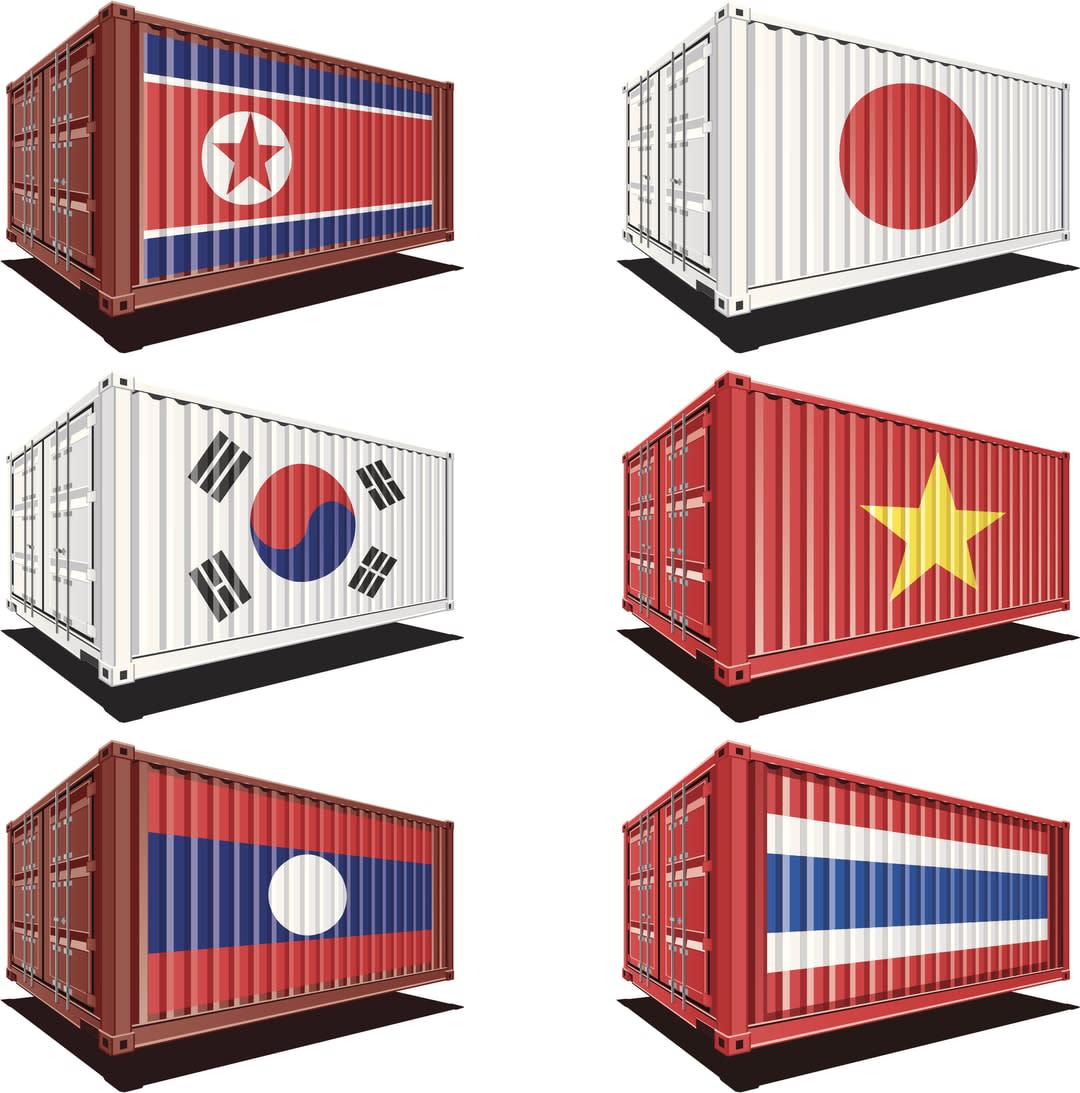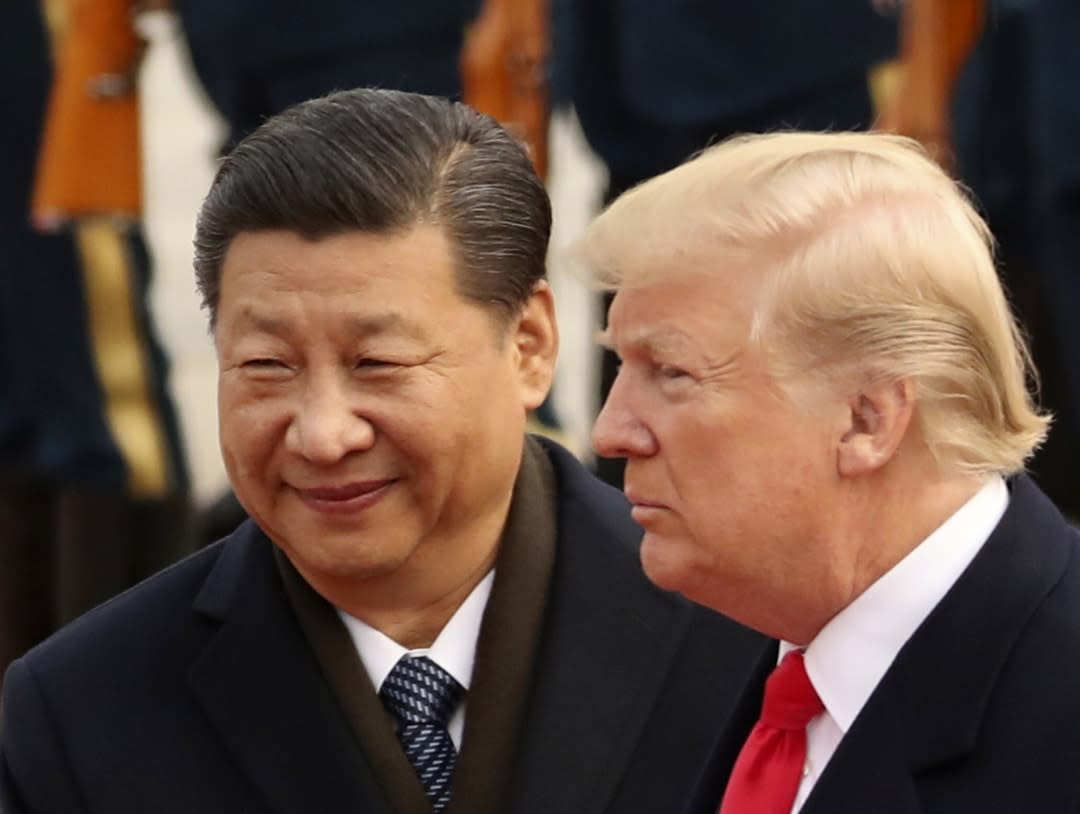US-China trade wars: the emerging international economic disorder
We all remember how it started in March 2018, with Donald Trump touting that trade wars are “good and easy to win”.
In his zero-sum worldview, the US President was simply pointing out that China would eventually run out of commercial targets to hit, simply because its economy is smaller than that of the US, and the tariffs would help it stay so.
Read more A timeline of the US-China trade war
Populist wisdom aside, this is true only to the feeble extent that global value chains and currency values remain fixed. Which they do not, as a matter of fact.
Early estimates of the US-China trade war show that, so far, the biggest losers are American consumers and Chinese exporters.
And the winner is ... well, everybody else, as it turns out from the latest economic data.

In particular, the Japanese investment bank Nomura has found Vietnam to be the biggest winner, as significant segments of the trans-Pacific supply chains are shifting to low-cost exporters in Southeast Asia and Latin America. According to Standard Chartered, even high-cost economies like the UK, France, Taiwan and South Korea have benefited from recent trade diversions.
The US-China trade decoupling is also spilling Down Under, with special modelling by EY showing that Australian farmers are slated to receive a $1 billion boost in the short term, as the US is one of the biggest competitors of Australia’s beef, wine and wheat exports to China. This is also a great time to be in dairy, as China’s sales surge helps send a2 Milk's profit up 47 per cent. Add to that the fact that a slowing Chinese economy will likely implement a new stimulus package, which means boosting massive infrastructure projects that keep requiring an ever-greater share of Australia’s commodities. So much so that, for instance, BHP’s profits recently hit a five-year high of $US9.4 billion off the back of a boom in the iron ore price, which prompted the largest payout to BHP shareholders in its history.
Mutually assured destruction
Donald Trump may well say “somebody had to take China on”, but this is a clear case of MAD trade policy, as in Mutually Assured Destruction, to use the infamous Cold War language.
The China hawks in the US administration have opened the Pandora’s box of globalisation so that the ever-lurking evils of secular stagnation, currency manipulation and hard-nosed nationalism are now coming out to bite the American (and Chinese) hand.
Nevertheless, the early trade war winners are not popping the cork, as China is the main, but not only, target of Trump’s wrath.
As multinational corporations hastily move from China to Vietnam, Malaysia and Indonesia to bypass the US tariffs, these unwitting winners of the trade war are beginning to experience diminishing manufacturing capacity, leading to infrastructure saturation and an overheated economic cycle.
Besides the obvious financial pitfalls of countries small and big, the geopolitical risks of this international economic disorder are even greater for liberal middle powers in the Asia-Pacific region like Australia and Japan.
Indeed a forced, stark choice between the US security patronage and trade with China would immediately dissolve the long-established strategic agenda of multilateralist, pro-globalisation countries and take them into uncharted waters.

The dates that matter
So what lies ahead of the US-China trade war for Australia and the rest of the world? The time bracket between 10 December, 2019, and 3 November, 2020, is essentially the long time of reckoning for the international economic order as we know it.
Here’s why these two dates matter so much
On 10 December, 2019, two of the three remaining judges of the Appellate Body of the World Trade Organisation will leave office without replacement, because the Trump administration has been vetoing any new appointment.
As I have specifically explained in an earlier article, this will effectively mean the WTO rules can no longer be implemented and enforced. A paralysed Appellate Body is the death knell for the multilateral trading system, thus allowing the US and other countries to go rogue and act unilaterally without the constraints of the rule of law.
This is the equivalent of suddenly shutting down the Supreme and High courts in Australia. What kind of legal system would we be left with without operating judges? Clearly a moribund one.
It appears Xi Jinping is waiting to see whether Trump will be president for a further term before acting more drastically. In that case, we should expect China’s hardline reaction to fully unravel during Trump’s second term.
While the next round of US tariffs and negotiations with China have been getting most of the public attention, we’d better focus on the WTO breakdown: from 10 December, 2019, it will essentially cease to function. Asphyxiating the WTO is possibly the one tactical move from which Donald Trump has never wavered, and it’s clear what’s next.
The US presidential election will take place on 3 November, 2020. It is possible that at some point during the lengthy campaign, Trump will formally withdraw the US from the WTO, arguing that it has become dysfunctional and useless.
Think about it. The final round of US tariffs on Chinese goods enters into force in a little over a week, on 1 September, 2019. After that, the ball is in Xi Jinping’s court. Will China retaliate in kind?
Even so, the US-China trade war will not freeze merely because all possible goods have been excised. Among other nasties, Trump’s domestic politics feeds on “taking China on”. After all, the tariffs have failed to turn the US-China trade balance on its head as Trump promised in his last campaign. Surely he won’t leave this easy argument to his opponent ahead of the next election.
On the other hand, it has become clear that China’s measured response to the US challenge can only be realistically maintained for a limited time, as hardliners in Beijing are gaining influence, and the Hong Kong crisis deepens.

In fact, it appears Xi Jinping is waiting to see whether Trump will be president for a further term before acting more drastically. In that case, we should expect China’s hardline reaction to fully unravel during Trump’s second term.
This will deepen emerging trends of trade weaponisation, as numerous conflicts can erupt for the control of commercial choke points along the Indo-Pacifc region at sea and inland. For this reason, the legal and political vacuum left by the breakdown of the WTO is the canary in the coal mine to exploding proxy wars between the US and China in Asian hot spots such as North Korea, Taiwan, Kashmir and Iran.
So, the US-China trade war may turn out to be a Pyrrhic victory for Australia and the rest of the world. We should brace for a turbulent transition to a brave new world.
Listen to Giovanni discuss the escalating trade dispute between China and the United States on the latest episode of the Monash Business School podcast, Thought Capital.





